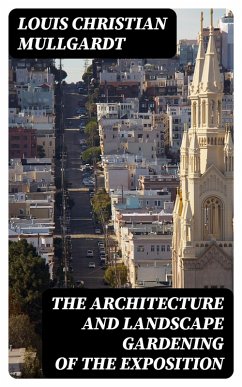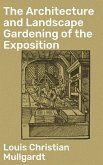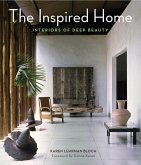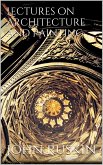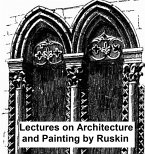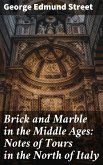In "The Architecture and Landscape Gardening of the Exposition," Louis Christian Mullgardt presents a comprehensive exploration of the architectural innovations and landscape designs that characterized the early 20th-century exposition. The book meticulously details the aesthetic principles, spatial arrangements, and cultural significances of the structures and gardens that defined the exposition, utilizing a blend of evocative prose and analytical rigor. Mullgardt engages with contemporary architectural movements, embedding his observations within the broader discourse of landscape architecture, and invites readers to consider the interplay between nature and built environments in shaping public spaces. Louis Christian Mullgardt, a prominent architect and landscape designer himself, was deeply influenced by the arts and crafts movement and the burgeoning American architecture scene of his time. His first-hand experiences working on the Panama-Pacific International Exposition in 1915 provided him with valuable insights, informing both his theoretical perspectives and practical applications in the book. Mullgardt's appreciation for harmony between nature and structure shines through his examination of the exposition's design philosophy. For anyone intrigued by the nexus of architecture and landscape design, this scholarly work serves as an essential text. Mullgardt's insights not only enrich our understanding of the exposition but also serve to inspire current and future generations of architects and urban planners. This book is highly recommended for students, professionals, and scholars alike who wish to delve into the legacy and implications of exposition-era design.
Dieser Download kann aus rechtlichen Gründen nur mit Rechnungsadresse in A, B, BG, CY, CZ, D, DK, EW, FIN, F, GR, H, IRL, I, LT, L, LR, M, NL, PL, P, R, S, SLO, SK ausgeliefert werden.

